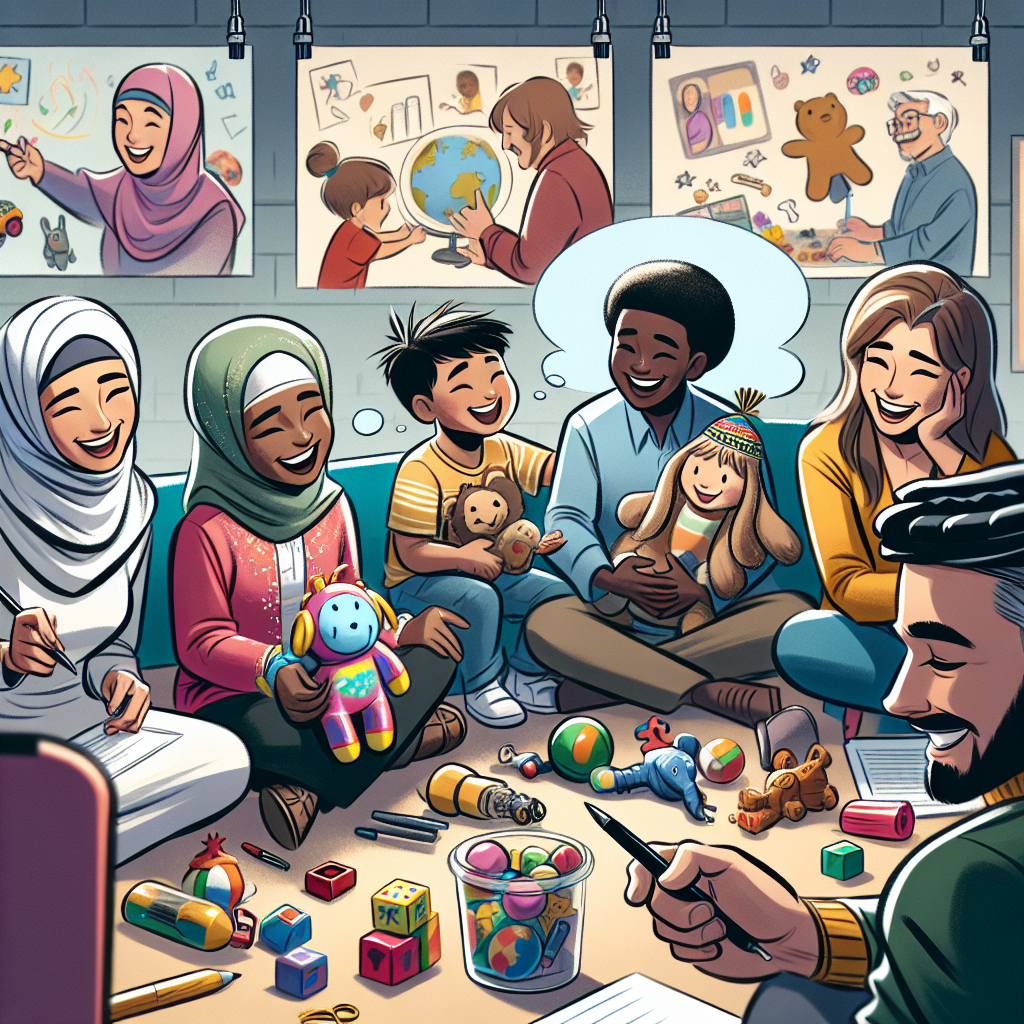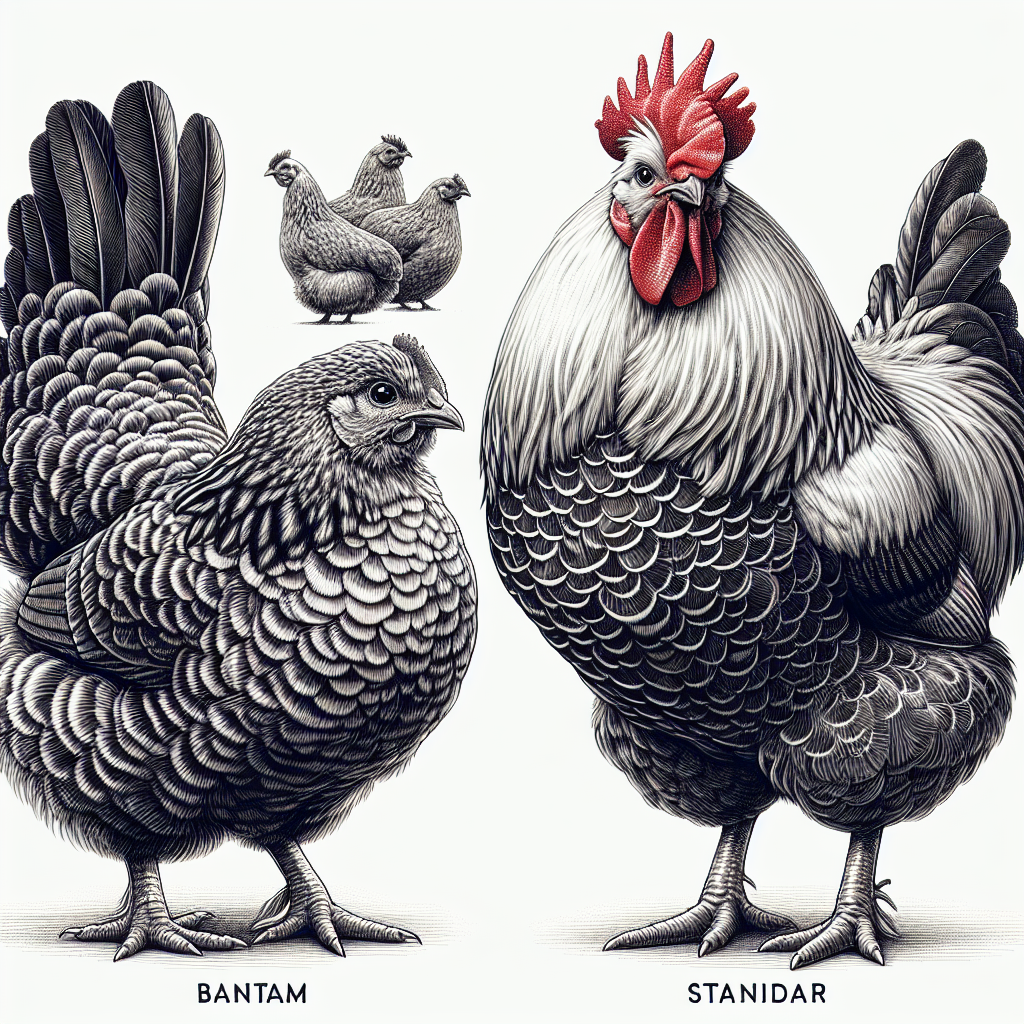Have you ever wondered how toys and environmental enrichments can impact the way we interact with others? It turns out that these seemingly simple objects can actually play a crucial role in shaping social dynamics. By providing new forms of stimulation and promoting shared experiences, toys and enrichments have the power to foster closer bonds, enhance communication, and even foster a sense of cooperation among individuals. In this article, we will explore the fascinating ways in which toys and environmental enrichments can influence social interactions, ultimately shedding light on the importance of creating an engaging and stimulating environment for social beings like ourselves.
The Importance of Toys and Environmental Enrichments
Toys and environmental enrichments play a crucial role in shaping social dynamics among individuals. These interactive tools and stimuli not only offer entertainment and engagement but also have various positive effects on social interactions, cognitive development, physical activity, and overall well-being. By providing opportunities for play, exploration, and learning, toys and environmental enrichments contribute to the development of social skills, promote positive relationships, enhance cognitive abilities, influence social hierarchies, and foster adaptability and resilience.
Understanding Social Dynamics
Social dynamics refer to the patterns and interactions that occur within a group or community. It involves understanding the relationships, behaviors, and hierarchies that exist among individuals. Toys and environmental enrichments influence social dynamics by providing stimuli that encourage active engagement and interaction, thus shaping social interactions and relationships.
Effects on Social Interactions
Toys and environmental enrichments have a significant impact on social interactions by stimulating cooperative play. By providing opportunities for shared activities, these tools promote collaboration, teamwork, and problem-solving skills. They also facilitate the development of communication skills as individuals engage in verbal and non-verbal exchanges during play. Additionally, toys and enrichments contribute to the development of emotional intelligence by allowing individuals to explore and express their emotions in a safe and interactive environment.
Promoting Positive Relationships
Toys and environmental enrichments play a vital role in fostering positive relationships among individuals. Through shared play experiences, these tools help build and strengthen bonds between individuals. They also reduce conflicts by providing outlets for individuals to express their energy and emotions. Furthermore, toys and enrichments encourage sharing and turn-taking, promoting a sense of fairness and cooperation within a group.
Enhancing Cognitive Development
Toys and environmental enrichments are instrumental in enhancing cognitive development. Through play, individuals engage in problem-solving activities that stimulate critical thinking and decision-making skills. These interactive tools also assist in developing spatial awareness as individuals explore and navigate their environment. By providing cognitive stimulation, toys and enrichments contribute to the overall cognitive growth of individuals.
Influencing Social Hierarchies
Toys and environmental enrichments have a significant impact on social hierarchies within a group. They influence dominance and submission dynamics by providing opportunities for individuals to assert their leadership or followership roles during play. Additionally, toys and enrichments can help reduce aggression by diverting attention and energy towards engaging activities.
Access to Resources and Competition
Toys and environmental enrichments influence access to resources and competition within a social group. They can shape resource acquisition patterns by providing opportunities for individuals to interact and compete for limited resources. These tools also encourage healthy competition, promoting a sense of achievement and motivation among individuals. Moreover, toys and enrichments play a role in reducing resource guarding behaviors, as individuals engage in shared play and activities.
Promoting Adaptability and Resilience
Toys and environmental enrichments contribute to promoting adaptability and resilience among individuals. By exposing individuals to novel and stimulating stimuli, these tools help them adapt to new environments and experiences. They also build resilience to change by providing opportunities for individuals to navigate and cope with different situations and challenges. Additionally, toys and enrichments enhance flexibility by encouraging individuals to explore and engage with their surroundings in diverse ways.
Environmental Enrichments and Social Behavior
Environmental enrichments have a significant impact on social cohesion and the overall dynamics within a group. By creating a favorable environment for group interactions, these stimuli encourage individuals to engage and bond with one another. Additionally, environmental enrichments reduce stress and promote well-being by providing outlets for individuals to engage in natural behaviors and activities.
The Need for Species-Specific Enrichments
Toys and environmental enrichments must be designed to cater to the specific needs and characteristics of the target species. Understanding the natural behaviors, preferences, and social needs of the species is crucial in tailoring enrichments effectively. By providing species-specific enrichments, individuals can engage in activities that closely resemble their natural behaviors, enhancing their overall well-being and social dynamics.
In conclusion, toys and environmental enrichments play a crucial role in shaping social dynamics, enhancing cognitive development, promoting positive relationships, influencing social hierarchies, facilitating access to resources, promoting adaptability and resilience, and creating a favorable environment for social behavior. By incorporating these tools and stimuli into various settings, such as schools, homes, and animal habitats, we can foster healthy social interactions and overall well-being among individuals.




